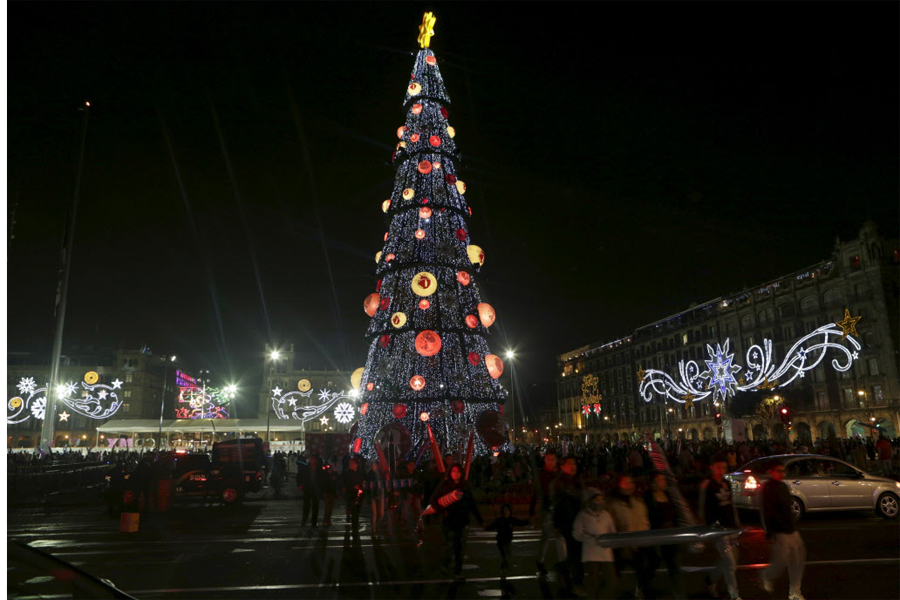'Tis the season! When did people stop saying 'tis anyway?
Loading...
‘Tis the season!
That’s the theme of Wednesday's Google Doodle, a holiday-themed illustrated logo.
Wednesday’s Google doodle is a series of brightly colored, doll-like patterns by Doodle artist Robinson Wood that, as Google describes it, “were inspired by papercraft models and cutouts.”
“‘Tis the season” happens to be both the theme of the doodle and a line in the traditional Christmas carol, “Deck the Halls,” which has its origins in an 18th-century Welsh song, “Nos Galan,” that actually celebrates the New Year.
But what’s the origin of the word “ ‘tis” and why did we stop saying it more than once a year? The answer is fascinating and complicated.
‘Tis, a contraction of "it is," was first used in 1555, according to Merriam-Webster. Its popularity peaked around 1709 or 1710, according to Google’s Ngram Viewer, a database that tracks the usage of words in English-language books. Over the ensuing centuries, it has fallen out of favor. The past tense of ‘tis, ‘twas, follows the same pattern.
One of the largest influences on modern American Christmas traditions also uses an archaic contraction: Clement Clarke Moore’s poem “‘Twas the Night Before Christmas,” which was known at the time as “A Visit from St. Nicholas.”
In the poem, the “jolly old elf” that we know today as Santa Claus is still referred to by his traditional name of “St. Nicholas” or “St. Nick,” a reference that recalls the Old World traditions of celebrating St. Nicholas’s feast day that would have been familiar to many readers in this era.
The " ‘twas" of the title may also be a reference to the past or traditions and customs that are no longer commonly used: by 1822, when the poem was first written, “ ‘twas” had fallen out of common usage, possibly making it a quaint signifier to readers.
Dr. Moore’s authorship of the poem has been contested by some scholars who suggest that his position as a teacher and scholar of Hebrew does not easily lend itself to writing a warm children’s holiday poem.
In 2000, Dr. Don Foster, an English professor at Vassar College who studies authorial attribution, concluded that Henry Livingston, Jr., a judge and native of Poughkeepsie, New York, wrote the “Visit” poem. He made his findings by studying certain turns of phrase and other clues in the poem’s syntax, and comparing them to other poems that Mr. Livingston had written.








